5 Signs You May Have Salmonella From Tomato and Cucumber Outbreak
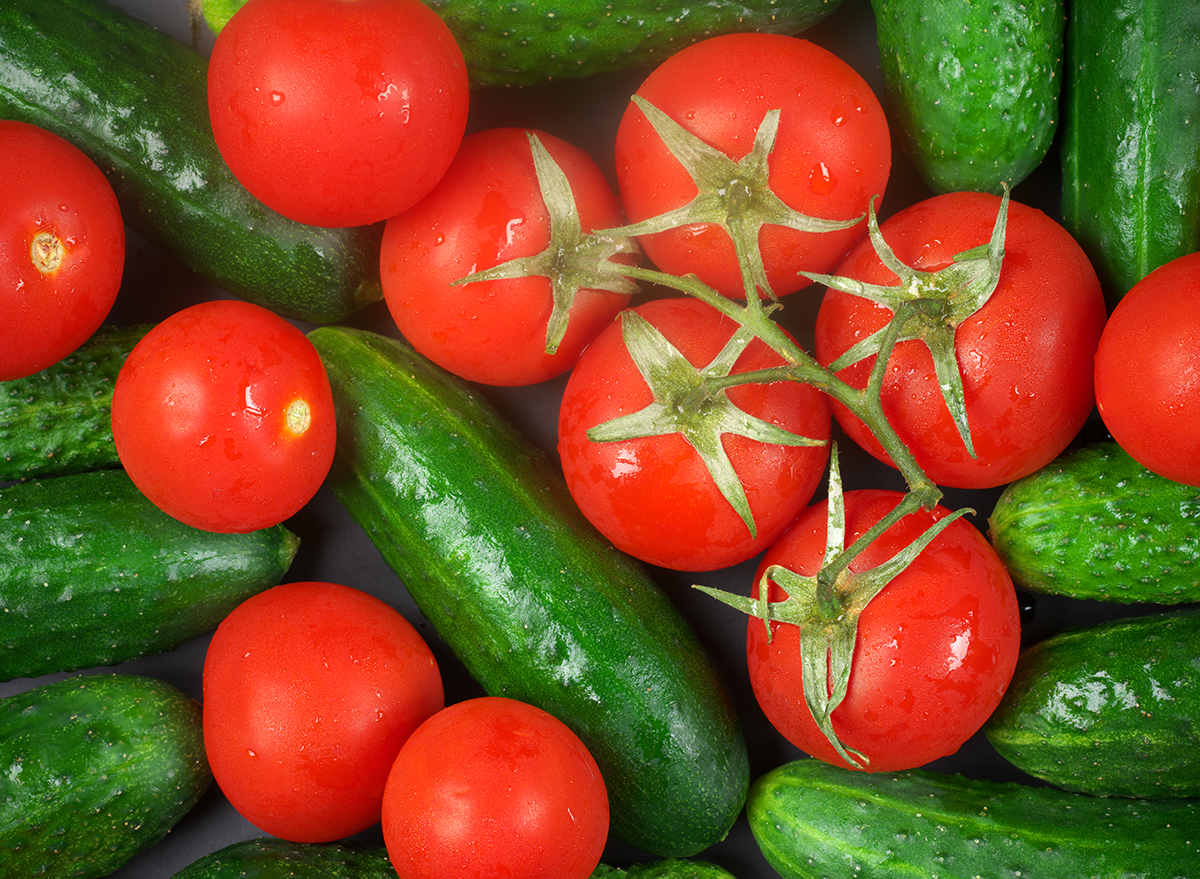
In the last week alone, there have been two major salmonella outbreaks. A tomato recall, affecting three states and designated as Class I, the U.S. Food and Drug Administration’s highest warning level, meaning there is a risk of “serious adverse health consequences or death,” was announced on May 28. Additionally, a salmonella outbreak has been traced to a Florida-based cucumber producer, with 45 people reporting illness in 18 states. “We see salmonella infection in the emergency department routinely as a result of contaminated food as well as the occasional outbreak, such as the recent ones in the headlines from contaminated tomatoes and cucumbers,” says Arjun Venkatesh, MD, chair of emergency medicine at Yale School of Medicine. “Public health measures are vitally important to keeping the public safe from food poisoning, both in the foods ordered at restaurants and purchased in grocery stores.” Here are symptoms to look out for:
Diarrhea
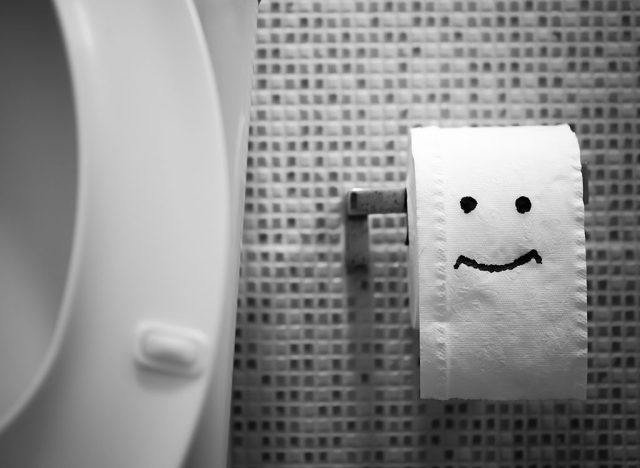
One of the first symptoms of food poisoning is usually diarrhea. This may be a stool that is “watery” and “may be bloody or contain mucous,” says Dr. Venkatesh. If you notice blood in your poop, you should call your doctor ASAP.
Cramps
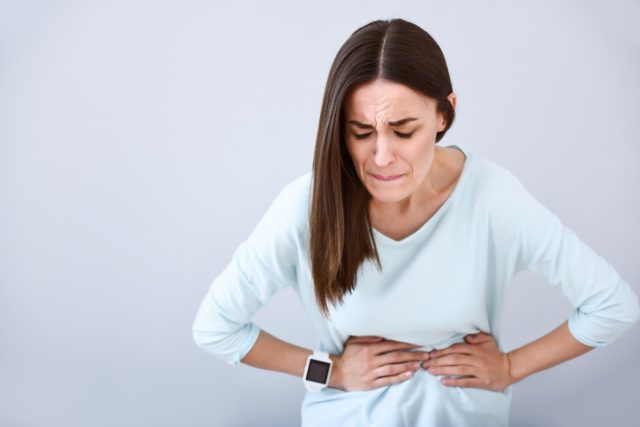
Another common symptom of Salmonella is cramps. “Gastrointestinal symptoms also include stomach cramping,” says Dr. Venkatesh. Most people with the infection have “stomach cramps that can be severe,” adds the CDC.
Nausea

Another very early symptom of Salmonella food poisoning? Nausea. “Suddenly feeling nauseous two to four hours after eating,” says Dr. Venkatesh.
Vomiting
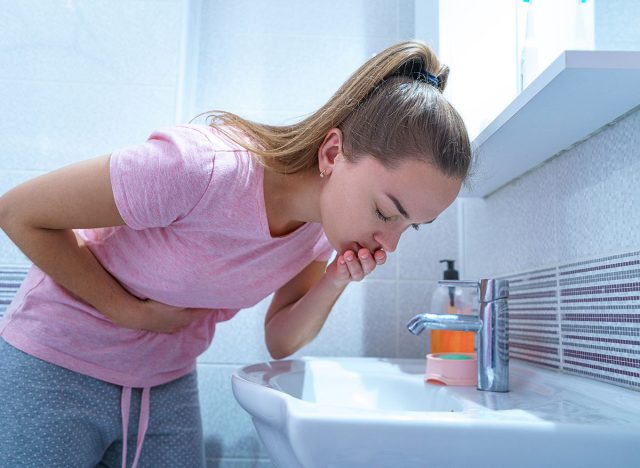
Salmonella food poisoning often involves vomiting. “This is a hallmark sign of food poisoning and can last for a while,” says Dr. Venkatesh. The CDC urges you to call your doctor if you experience more than two days of vomiting.
Loss of Appetite

Another sign of salmonella is loss of appetite or not feeling hungry. “You may lose your appetite for hours or days following the infection,” he says. You should also look out for signs of dehydration. “Dehydration is not having enough fluids in the body. If you have diarrhea or vomiting, be sure to drink plenty of fluids,” says the CDC.
When to See a Doctor

When should you see a medical expert? “If you are experiencing these symptoms, you may need to see a doctor,” Dr. Venkatesh says. “You should seek immediate medical attention at a local emergency department if your symptoms are severe and not improving.” For more on symptoms, visit the CDC website.
Here’s How to Protect Yourself From a Salmonella Infection
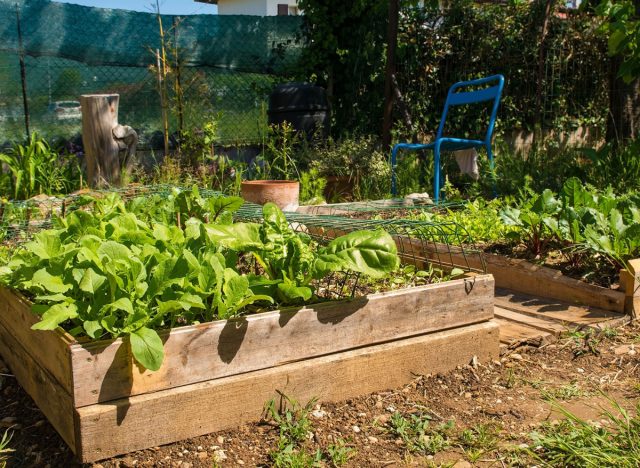
Dr. Venkatesh offers the following tips to protect yourself from Salmonella.
- During the summer months, try growing your own vegetables.
- Wash fruits and vegetables before eating. Run cool water over them and rub the skin to remove residues.
- Check recall information and do not eat foods on the list.
- Choose restaurants that rate well and are visibly clean.








